Drawing inspiration from a city
Qi Baishi initially felt overwhelmed in the capital but exhibition celebrates his influence, Lin Qi reports.

Beijing, Beijing, a popular song by singer-songwriter Wang Feng occupies a special place in the hearts of the capital's residents, especially in the hearts of those who have come from elsewhere to make their dreams come true, who are collectively known in Chinese as beipiao.
"Here we laugh, here we cry, …Here we pray, here we feel lost, here we chase."
The lyrics summarize the complicated feelings of a person enmeshed in metropolitan prosperity and opportunity, as well as in the sacrifices necessary to survive and settle in the big city.
Over 100 years ago, a little-known painter from rural Hunan province experienced the same progression — the mix of hope, self-doubt and anxiety — for some time after relocating to Beijing.
At the age of 55, Qi Baishi (1864-1957) made his third trip to the capital. His previous trips had already exposed him to the dynamism of its cultural landscape and this time well-prepared, he arrived ready to confront the challenges he would face.
Qi sought to carve out a niche for himself in the art community in this highly competitive city with its long history and rich culture.
In the nearly four decades until his death, he developed an intimate relationship with Beijing and as he gradually rose in artistic prominence and success, he took as much pride in the capital as it did in him.
If the charismatic Qi was alive today, he would likely share a love for the growing trend of city walking, particularly as he celebrated his wandering around the city's streets in his art.
Details of this life can be seen in Qi Baishi in Beijing, an exhibition on at the Grand Canal Museum of Beijing, which runs until March 30.
The exhibition, which celebrates the artist's 160th birth anniversary, includes some 200 paintings, pieces of calligraphy, seals, photos, manuscripts and documents, together with animations and digital re-enactments, presents a picture of the varied nature of Qi's life and work in the decades after he moved to Beijing in 1919.
The objects on show have been taken from the collections of several museums and cultural institutions.
The curatorial team includes the members of the Capital Museum, which administers the Grand Canal Museum, the Beijing Fine Art Academy, and Rongbaozhai, a historical shop and atelier to the west of Beijing's Liulichang Street.
Qi was the first — and so far the only — honorary director of the Beijing Fine Art Academy, which was established in 1957. It has a collection of his work, donated by Qi himself, as well as by members of his family, and close associates.
Beginning life in the 17th century as a small shop selling paper and other implements used in Chinese ink work, Rongbaozhai has grown into a time-honored cultural brand. During Qi's life, it hosted exhibits of his work and helped him with sales. For many years, it also produced finely patterned paper he had commissioned. It owns a collection of his work, and is fully licensed to reproduce his paintings as woodblock prints.
The exhibition takes the form of a city walk that follows Qi throughout the course of a year to the restaurants where he often dined, the hutong alleyways, which led to the gardens, areas and homes of close friends where he would spend time, images of which he re-created with his brushes, capturing their ambience.
"This time we are not following the transformation of Qi's art in chronological order, as we normally do. We've put together a kind of painterly map, which shows the life he led in Beijing, how he made friends, and the anecdotes that inform his work," says Wang Yanan, the exhibition's co-curator and a researcher at the Beijing Fine Art Academy.
She says the exhibition demonstrates the way how Qi evolved from overlooked rural painter to one of the leading figures of the 20th-century Chinese art.
His early paintings not only illustrate his attempts to be accepted by Beijing's art circle, but also reveal his homesickness and lack of confidence.
Qi first visited Beijing in 1903 and later for a second time in 1917. He was impressed by its vigorous cultural scene, and was introduced to important figures. He tried to become one of them, but his work sold poorly.
He had been a painter of note in Hunan, making money from portrait commissions but in Beijing, he was initially at a disadvantage because of his humble upbringing and background as a carpenter, as well as his lack of formal or institutional training.
The first two visits motivated Qi to invest in improving his art. In a newspaper interview in 1946, he explained why he made the third attempt to return to Beijing: "I felt that I had excelled. I didn't want to give up. Beijing was, ultimately, a hub of people of gift and insight, and there had to be someone who would recognize my art. … I was quite determined, there was no turning back for me."
His patience and perseverance finally gained him the attention of people of discernment, among them Chen Shizeng, an influential artist, and Mei Lanfang, the great Peking Opera performer.
Chen suggested that Qi leave his comfort zone — copying the styles, compositions and motifs of the great painters in ancient times — to explore his own path.
Qi took Chen's advice, and committed himself wholeheartedly to a course later described as, "reinventing himself in his later years".
His early experience in carpentry and wood relief making lent detail to his paintings.
He developed a style called "red flower blossoms and black leaves", that made use of loose strokes and expanses of color in large-format compositions.
Mei became Qi's apprentice and often invited him to dinners at home, where he would introduce his teacher to the other guests at Zhui Yu Xuan, as Mei's home was known. This helped Qi win a position in the circles of arts and culture.
As his new work achieved success, Qi felt that after years of being nourished by Beijing's cultural atmosphere, he was finally being accepted as a member, and was able to contribute wholeheartedly to the cultural scene.
Through his art, Qi enthusiastically celebrated the Beijing scenes that nurtured him.
"Qi said that he had enjoyed the best oranges at Rongbaozhai, and seen the most beautiful views at Taoranting Pavilion (a popular city park today); that the blossoming lilacs at the Fayuan Temple (a famous 7th century Buddhist temple) were marvelous, and the morning glories at Mei's home were impressive in size," says Wang.
Zhang Nan, another of the exhibition's co-curators, says that to immerse the audience fully in Qi's world, they decorated the rooms using three theme colors: pink, to remind people of the lilac at the Fayuan Temple; yellowish brown, to represent bottle gourds Qi grew in his courtyard home; and red, the color of peonies, a favorite subject of his paintings.
Wu Hongliang, director of the Beijing Fine Art Academy, says since last year they have launched a series of activities to mark the 160th anniversary in collaboration with institutions that own collections of Qi's work in China and abroad.
Through touring exhibitions, public programs, performances, and digital re-enactments, they hope to raise the international profile of this modern icon of Chinese art. Another exhibition is being held at Rongbaozhai's headquarters in Liulichang, a street of antiques shops, which focuses on Qi's sales.
An exhibition of selected work from the Beijing Fine Art Academy's collection, Qi Baishi: Inspiration in Ink, opened on Dec 12 at San Francisco's Asian Art Museum. It runs until April 7, after which it will travel to Boston.
Wu says the exhibition at the Grand Canal Museum directs attention to the link between Qi, his art, and Beijing, and how that connection would inspire new perspectives of the capital.
Wang says the exhibition is like a trip through time to meet an interesting man on the streets of Beijing. "Through Qi's eyes, and following in his footsteps to the scenes he depicted, maybe we will gain new experiences that will help soothe our hearts."

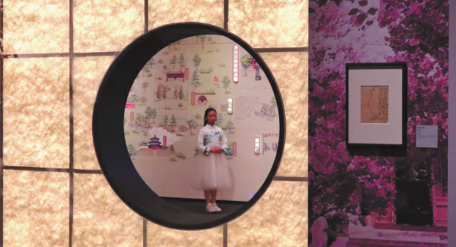
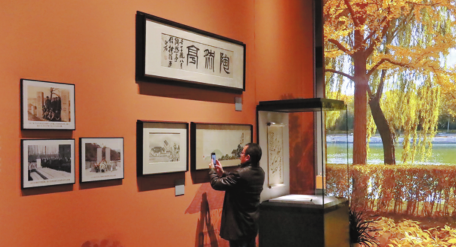
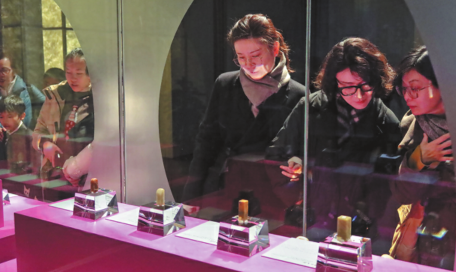
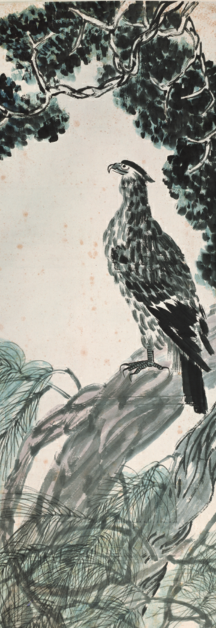
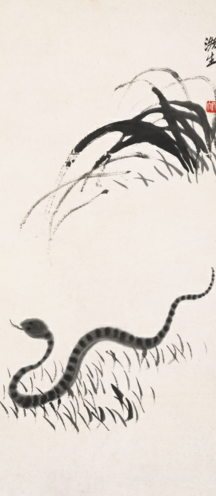

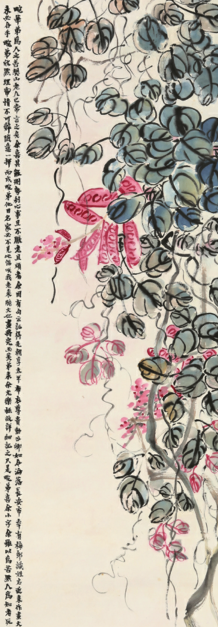
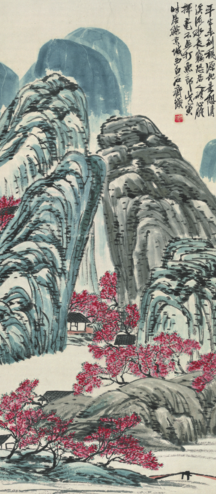
Today's Top News
- China steps up efforts to boost opening-up
- World's highest bridge passes stress test
- China scales up network to fuel growth of AI
- Ancient bronze casting art decoded
- Shenzhen SEZ to continue spearheading reform and opening-up
- War sacrifices never to be forgotten






























